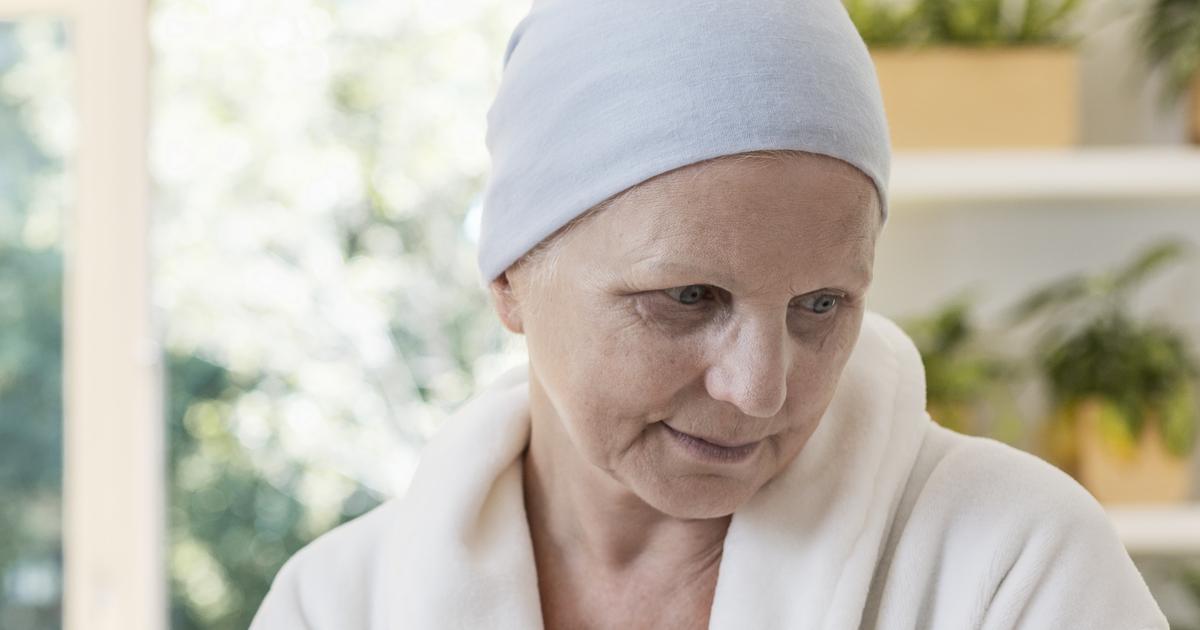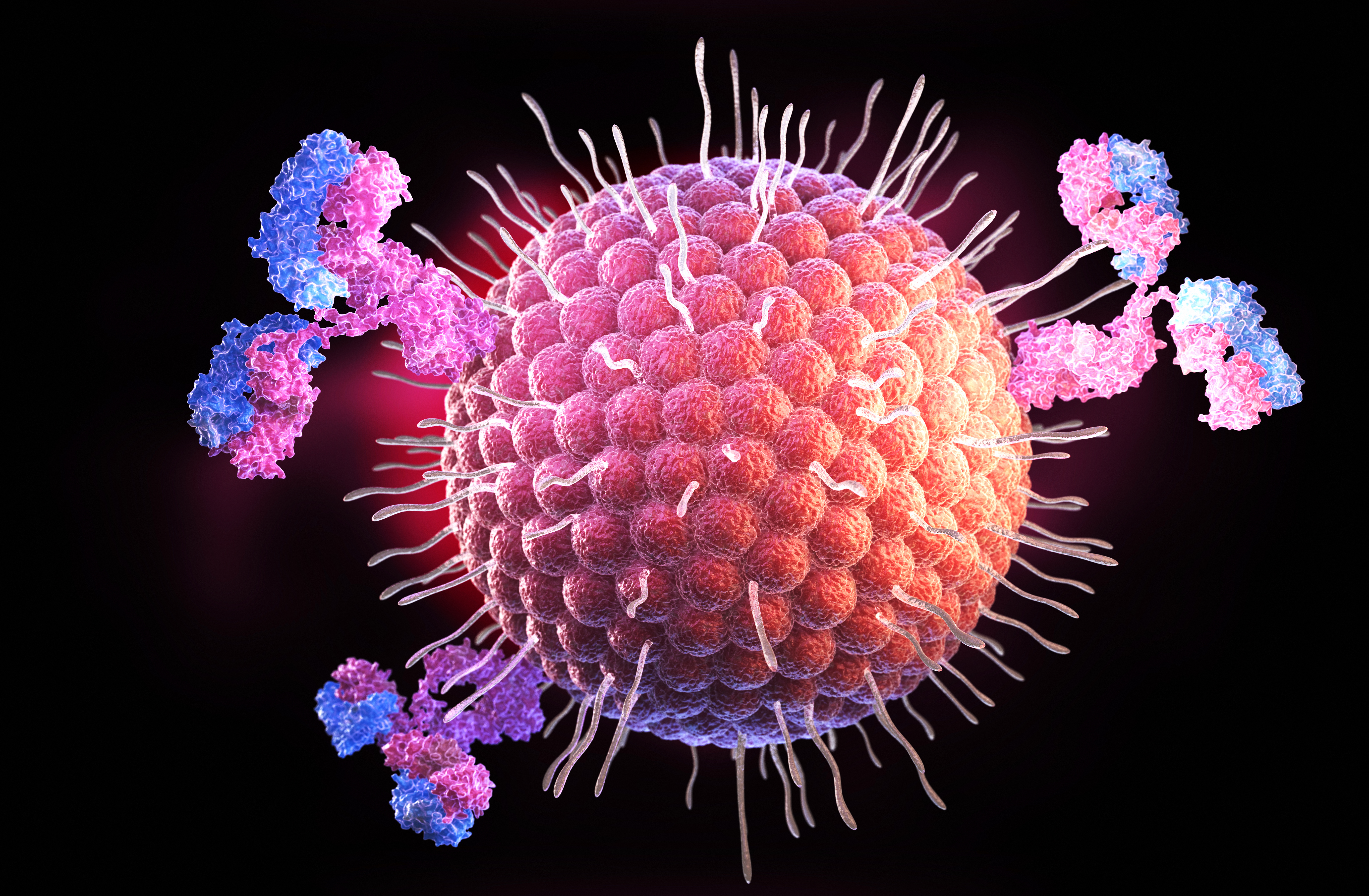15 Options for Pancreatic Cancer Treatment That May Help You
When a mutation occurs in the cellular DNA of cells that form the pancreas that impacts the way they grow, differentiate, multiply, and or die, pancreatic cancer can develop. There are two types of pancreatic cancer. An exocrine tumor is the most common and happens when carcinogenesis takes place in the pancreatic cells responsible for producing digestive enzymes. Neuroendocrine tumors are rare and occur when carcinogenesis takes place in the pancreatic cells that are responsible for the production of hormones. Symptoms of pancreatic cancer include nausea, stool changes, pancreatitis, appetite loss, jaundice, weight loss, and abdominal pain. A physical exam cannot detect pancreatic cancer because the organ is located so deep in the abdomen. Only imaging tests such as an MRI, CT scan, and endoscopic ultrasound can detect pancreatic cancer, while a pancreatic tissue biopsy can confirm the diagnosis. Depending on the type, extent, and location of the tumor, numerous treatment options are available.
1. Whipple Procedure

A pancreaticoduodenectomy or Whipple procedure refers to a type of surgery used to treat some individuals who have cancer in the head of their pancreas. An individual's pancreas produces essential digestive enzymes and hormones that regulate and manage glucose in the blood. Because the consequences of complete pancreas removal are very difficult to live with, the Whipple procedure provides a method only to remove a certain part of the pancreas with the malignancy. There are several ways a Whipple procedure can be performed. Open surgery refers to the use of a traditional open incision to provide the surgeon with access to the pancreas. This method is the most common because it is the most effective and established. Laparoscopic surgery refers to a technique used to perform the Whipple procedure where numerous small incisions are utilized to manipulate a camera and small instruments in the abdomen to perform the pancreas head removal. Robotic surgery is an uncommon method used for the Whipple procedure, but it is minimally invasive and removes the challenge of the human hands being too large to manipulate the instruments properly.
2. Pancreatectomy

A patient with pancreatic cancer that is not isolated to the head of the pancreas may need to undergo a distal or total pancreatectomy to have a chance at curing their malignancy. Distal pancreatectomy describes a surgical operation where an individual's pancreatic tail is removed. This procedure is only indicated when the tumor or lesion is isolated to the distal part of the organ. A total pancreatectomy is a surgical operation where the entire pancreas, part of the stomach, the spleen, gallbladder, and part of the small intestine. A total pancreatectomy is useful for patients who have pancreatic cancer that has compromised most of the pancreatic tissue. While this procedure may be the best chance of a cure, patients will have to live without a pancreas. Diligent diabetes management and pancreatic enzyme pills will be required for the rest of the patient's life. An individual who has a total pancreatectomy will also have to live with a compromised immune system, as the spleen plays a big role in this.
3. Chemotherapy

Chemotherapy is a form of treatment that may be necessary for many patients who develop pancreatic cancer. It refers to the use of potent medications to kill cells in the body in a state of rapid growth or cell division. Chemotherapy may be used independent from surgery, before a surgical procedure to remove cancer from the pancreas, or after a surgical procedure to remove cancer from the pancreas. Chemotherapy can also be administered with radiation therapy in patients who are unable to undergo surgery to remove their pancreatic tumors. In the case of pancreatic cancers, chemotherapy is most effective when a patient receives two or more different types of drugs given together. While the exact details of the administration of chemotherapy may differ from one case to the next, treatment regimens include a duration of two to three weeks of several sessions a week followed by a rest period before the cycle is repeated. While chemotherapy is one of the most effective methods of treatment for pancreatic cancer, it does carry unpleasant side effects some patients cannot tolerate.
4. Radiation Therapy

Radiation therapy is a type of treatment that may be used to treat pancreatic cancer. It kills cancer cells and stops them from growing through the use of high energy particles or x-rays. The high energy x-ray or particle beams are aimed from different angles at the affected part of the body with an external machine for a certain amount of time. Some pancreatic cancer patients may receive radiation therapy following their surgery to reduce the risk of their cancer returning. Radiation therapy following surgery may also be used simultaneously with chemotherapy in patients who can tolerate the side effects. An individual who has a pancreatic tumor that is only partially removable by surgery may receive radiation therapy to try and shrink the tumor so more or all of it can be removed surgically. Patients who have pancreatic cancer that has spread to distant parts of the body may have high-dose radiation therapy in combination with high dose chemotherapy to help prolong their life or alleviate some of the pain and symptoms caused by the tumors.
5. Palliative Care

A patient who has advanced pancreatic cancer may elect to have palliative care in combination with curative measures or independent of curative measures to help improve their quality of life. Pancreatic cancer is known to be one of the most painful types of cancer someone can have. This pain is due to the close proximity of the organ to nerves in the abdomen and structures of the back. Prescription-strength pain medication is commonly used in patients for palliative care if they can handle the side effects. Other methods used to help alleviate pain from pancreatic cancer include having a nerve block to destroy or disable the nerves being compressed by the tumor. Pain and digestive problems stemming from pancreatic cancer that grows around the ducts can be alleviated with a procedure to widen and hold the ducts open. Methods such as radiation therapy, chemotherapy, and tumor ablation may also be used for palliative care to alleviate pain by shrinking the tumors even when the patient may not desire to use them for curative purposes.
6. Targeted Therapy

Targeted therapy uses drugs designed to attack specific genetic changes or proteins in cancer cells—leaving healthy cells mostly untouched. In pancreatic cancer, therapies like erlotinib (which blocks EGFR) are used when tumors express particular mutations. While not universally effective, targeted therapy can be life-changing for a subset of patients with the right molecular profile. Doctors may perform genetic testing on tumor samples to determine eligibility. Unlike broad-spectrum chemotherapy, these medications aim to disrupt cancer growth with fewer systemic side effects, though fatigue, rash, or diarrhea may occur. This approach exemplifies personalized medicine—precision over generalization.
7. Immunotherapy

Immunotherapy harnesses the body’s immune system to recognize and destroy cancer cells. Though pancreatic cancer is notoriously resistant to most immunotherapies, promising results have emerged for patients with rare mutations like mismatch repair deficiency (dMMR) or high microsatellite instability (MSI-H). Drugs like pembrolizumab (a PD-1 inhibitor) may be prescribed in these cases. Researchers are also investigating vaccines and immune checkpoint inhibitors in combination with other therapies. While still experimental for most patients, immunotherapy represents hope on the horizon—particularly for those whose cancers don’t respond to traditional methods. It’s a rapidly evolving field worth watching closely.
8. Clinical Trials

For many pancreatic cancer patients, clinical trials offer access to cutting-edge treatments not yet available to the public. Trials may test novel drug combinations, immunotherapies, radiation protocols, or even tumor-targeting viruses. While not every trial guarantees benefit, they often provide options for those with advanced disease or limited response to standard therapies. Participants are closely monitored and supported throughout. Clinicaltrials.gov or hospital research centers are excellent resources for finding relevant studies. For patients willing to take a calculated risk, clinical trials can offer both personal benefit and the chance to contribute to future medical breakthroughs.
9. Biliary Stent Placement

When pancreatic tumors press against or block the bile duct, they can cause painful jaundice and digestive distress. A biliary stent—a small tube inserted into the duct—can restore normal bile flow. This procedure is typically done via endoscopy and provides rapid relief from symptoms like yellowing skin, dark urine, and itching. It doesn’t shrink the tumor but significantly improves quality of life, especially in inoperable cases. Stents may be plastic (temporary) or metal (longer-lasting). For many, it’s a vital palliative measure that eases discomfort and allows patients to better tolerate ongoing cancer treatments.
10. Tumor Ablation (RFA/MWA)

Tumor ablation destroys cancer tissue using heat, cold, or chemical agents. Two techniques—radiofrequency ablation (RFA) and microwave ablation (MWA)—insert probes directly into tumors to “cook” cancer cells. Though not a first-line treatment, ablation is sometimes used for smaller, localized pancreatic tumors or liver metastases. It’s minimally invasive, often outpatient, and provides targeted relief when surgery isn’t possible. Ablation may also be paired with chemotherapy to improve outcomes. For patients with limited treatment options, this technique can offer pain reduction and disease control with a relatively quick recovery time.
11. Enzyme Replacement Therapy

When the pancreas is damaged by cancer or removed during surgery, it can no longer produce the enzymes needed to digest food. Patients often develop exocrine pancreatic insufficiency—leading to bloating, diarrhea, weight loss, and malnutrition. Pancreatic enzyme replacement therapy (PERT) involves taking capsules with meals to aid digestion. These contain lipase, amylase, and protease—enzymes that break down fat, carbs, and protein. Restoring digestive function improves nutrient absorption and energy levels. It’s a simple yet crucial intervention that dramatically boosts quality of life, especially in patients dealing with post-surgical or long-term side effects.
12. Genetic Counseling and Testing

Pancreatic cancer can run in families. Genetic counseling helps identify hereditary risk factors like BRCA1/BRCA2, PALB2, or CDKN2A mutations. Patients with these mutations may qualify for targeted treatments like PARP inhibitors or specific surveillance programs. Counseling is also valuable for relatives, who may benefit from early screening or lifestyle interventions. Understanding your genetic landscape doesn’t just guide treatment—it empowers entire families to take proactive steps. Many cancer centers now integrate genetic testing into routine care, especially for patients diagnosed before age 50 or with a strong family history of related cancers.
13. Nutritional Support

Nutrition plays a critical role in treatment tolerance, healing, and quality of life for pancreatic cancer patients. Appetite loss, nausea, and digestion issues are common—especially during chemo or after surgery. A dietitian can create a personalized meal plan that includes easy-to-digest, high-protein, high-calorie options to prevent weight loss and malnutrition. In advanced cases, tube feeding or IV nutrition may be used temporarily. Supplementing with pancreatic enzymes and adjusting fiber intake can also ease digestive strain. Food becomes medicine here—fueling the body not just to survive, but to fight.
14. Pain Management with Celiac Plexus Block

For patients experiencing intense abdominal or back pain, a celiac plexus block can offer targeted relief. This procedure involves injecting anesthetic (sometimes combined with alcohol) near a cluster of nerves behind the pancreas that transmit pain signals. It's typically done with imaging guidance and provides rapid, sometimes long-term, relief. Unlike systemic painkillers, this localized approach minimizes side effects like sedation or constipation. It’s particularly helpful in advanced cancer stages where tumors press on nerve pathways. Effective pain control isn’t just about comfort—it helps patients remain active participants in their treatment journey.
15. Psychological and Emotional Support

Pancreatic cancer carries one of the heaviest emotional burdens of all cancer diagnoses. The prognosis, physical toll, and rapid changes can be overwhelming. Supportive care through counseling, support groups, or psychiatric intervention helps patients manage anxiety, depression, and fear. Many hospitals offer oncology social workers, palliative care teams, or mental health specialists trained in cancer-related distress. Therapy doesn’t just improve mental well-being—it’s linked to better treatment compliance and physical outcomes. Patients and families alike benefit from spaces to process, grieve, and recalibrate. Because healing is never just physical—it’s personal, emotional, and profoundly human.
Pancreatic cancer is one of the most complex and aggressive cancers—but it is not without a roadmap. From advanced surgeries like the Whipple procedure to targeted therapies, genetic testing, and innovative pain management, each option on this expanded list of 15 treatments is a doorway to possibility. No two journeys are the same. Some patients may pursue curative paths, others focus on quality of life—but all deserve clarity, dignity, and choice. The key lies in personalized care: understanding your diagnosis, asking the right questions, and surrounding yourself with a team that sees the full picture. As research evolves, so do the options. And even when a cure isn’t possible, meaningful, empowered care always is. Whether you’re a patient, caregiver, or advocate—keep learning, keep asking, and keep hoping. The fight against pancreatic cancer is daunting, but knowledge is a powerful first step.